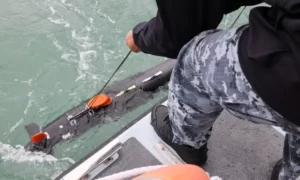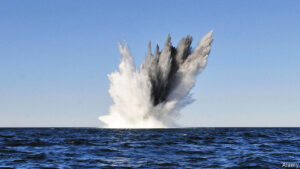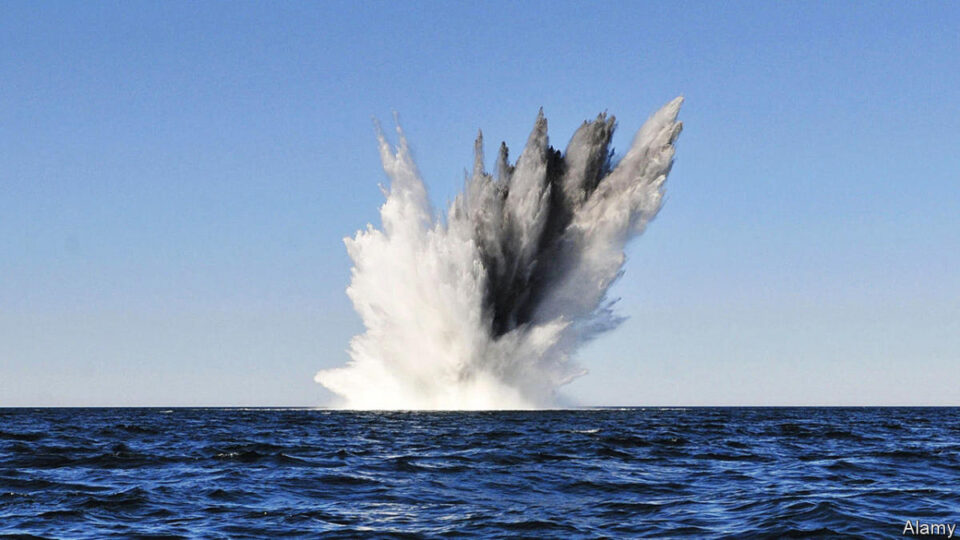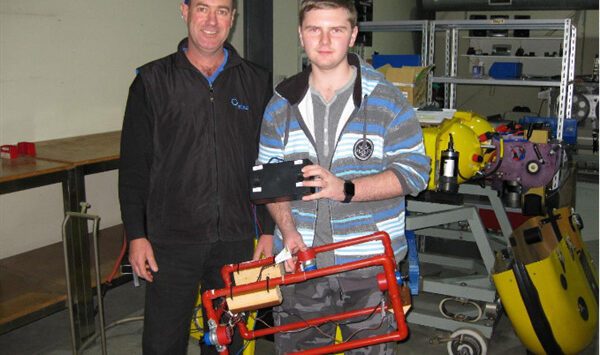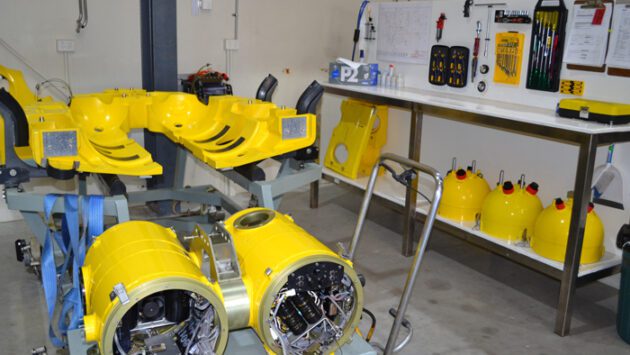Timely Reminder of the Sea Mine Threat
Mines are the neglected workhorses of naval strategy
BlueZone Group Director, Neil Hodges, has contributed to an article for The Economist that summarises the contemporary sea mine threat. Neil draws on real-world experience from both conflicts in the 1990s Gulf Wars and headed sea trials for the Huon Class Minehunter Coastal program before co-founding BlueZone Group.
The sexy end of modern naval forces report, The Economist, are systems like guided-missile destroyers, fast jets and nuclear submarines. But it is often a far humbler device, the naval mine, that does much of the damage. During the second world war, these static underwater bombs are reckoned to have sunk 2,100 vessels. Not as many as the 4,600 accounted for by submarines, but far more than attacks by aircraft or artillery bombardment by other ships. Subsequent conflicts have seen mines cripple or send to the bottom nearly four times as many American warships as all other types of weapons combined.
It is clear that the fundamentals of Mine Counter Measures (MCM) remain the same. Sea mines have featured in every conflict since World War 2 and again feature in the conflict in Ukraine. The UK has recently announced the donation of underwater drones to Ukraine and training Ukrainian personnel in Britain to use them to clear their coastline of mines. Dozens of Ukrainian personnel will be taught to use the autonomous minehunting vehicles by the Royal Navy and US partners. Six autonomous minehunting vehicles are being sent to search for Russian mines in the waters off its coast. Three vehicles are due to be sent from UK stocks while another three will be bought from the industry.
Read More
Mines are the neglected workhorses of naval strategy
UK to give Ukraine underwater mine-clearing drones and training
De-Mining Ukraine’s Ports May Take Months, IMO Says
Turkish Navy Neutralizes Drifting Sea Mine Near Bosporus
